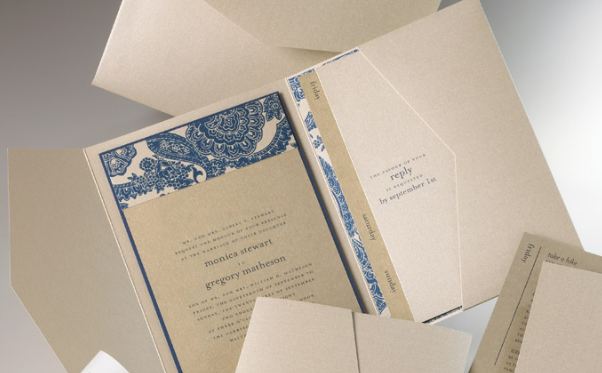Anyway, once my crazy 'let's get tidy' self had been tamed, I decided it was time to get busy and start giving an old wooden box some much needed TLC.
My grandma recently died and when my mum and dad were clearing out her house, they found an old wooden box that she used for storing all of her cottons. My grandma was a seamstress, and I love that this is where she stored all her important things for her work. So when my mum asked me if I wanted it, my answer was a resounding yes! Look at the poor thing, doesn't it look like it needs some love!
As soon as I set my sights on this beauty, I knew I wanted to paint it in a chalky 'farrow and ball' style paint but I was a bit scared of starting in case I ruined it. Plus the weather over the last month has been completely hideous so that the perfect excuse for not painting it, I mean who can paint outside in the rain! Let's ignore the fact that there has always been the option of painting indoors available to me, that's completely irrelevant, clearly! Anyway cue a dry day, me in an enthusiastic January mood, and an empty house as the husband was off to the gym, and I decided to get to it.
So I sent Mr A&G into the shed to find me some tools...
Got dressed into my best 'workman' clothes, and after a word from Mr A&G that went something along the lines of 'make sure you clean my paint brushes, I will kill you if you ruin them' (sheesh talk about a kill joy!)I was ready to roll!!
I started by sanding down the box and the drawers, so it it looked like this...
I grabbed a tester pot of paint that we had used on one of our bathroom walls recently, which is a grey/white and got painting.
Took one look at the painted box and decided it was definitely too white, so went on a mission to find out what other tester pots we had that were slightly darker and got mixing! Never mixed paint before in my life, but I figured if you can mix foundation (make-up!) then surely you can just mix paint. I mean it's practically the same right!??
Hooray, am a painting genius! It seemed to work, so I pumped my chest out and felt very smug and happy at my painting prowess and carried on creating my masterpiece! I gave it all about 2 coats of this kind of duck-grey colour (I don't even know what 'duck-grey' colour is, but if it exists - this is what I think duck grey should be. Actually now I think about it, isn't it duck blue that you have?).
I left it to dry, and started to obsess that the wall to the right of the table (not the one with the clock on it) would look flipping great if it was painted in chalkboard paint! Mental reminder, must mention this to Mr A&G ;-)
Off I went about my day, skipped back later to check it and after looking at it from every single direction, it was resoundingly clear to me! It is without doubt, still too white and definitely not what I think duck-grey should be! Oh my word, the disappointment :-( You will see in the picture if you look closely that the beloved brushes of Mr A&G had all been cleaned, so the thought of having to dirty them all over again was nearly enough to send my creativity to a dark dungeon somewhere...
A few days later, my enthusiasm returned, so back went on my 'workman' clothes - actually that is a total lie. I decided that I couldn't face that. So I set about painting in my favourite loungy trousers - brilliant decision Liz, I mean what would possibly go wrong!? In my mind, it was clear - I am painter extraordinaire, who is so great at it that I can paint it whatever I want... I'll leave it to your imagination as to whether this was actually the case!
I found some 'Farrow and Ball' grey which actually is a bit green as we have it on our bedroom wall and I mixed that with the original grey and with a dark charcoal grey and off I went again...
I left it to dry, and then once dry I sanded some of the edges to give it a more shabby finish ... and whilst this photo doesn't really show it is now a more greeny-grey which I am much happier with.
Here it is in it's resting place. Yeeeaaahhh! Mr A&G and I have no excuses now - we have to try and get our messy behinds into following some sort of post system! I still think I may change the handles. I might take them off completely and put some old brass handles on, or maybe paint the wooden handles a darker colour but for now I am very happy with it.
Look at it looking all pretty on our stairs! I hope my grandma, wherever she is is, is looking down and is happy with it. For me, it makes me very happy every night to come home and see a little bit of their lives in my house, and a tidy set of stairs!
Happy January everyone xxx

























































